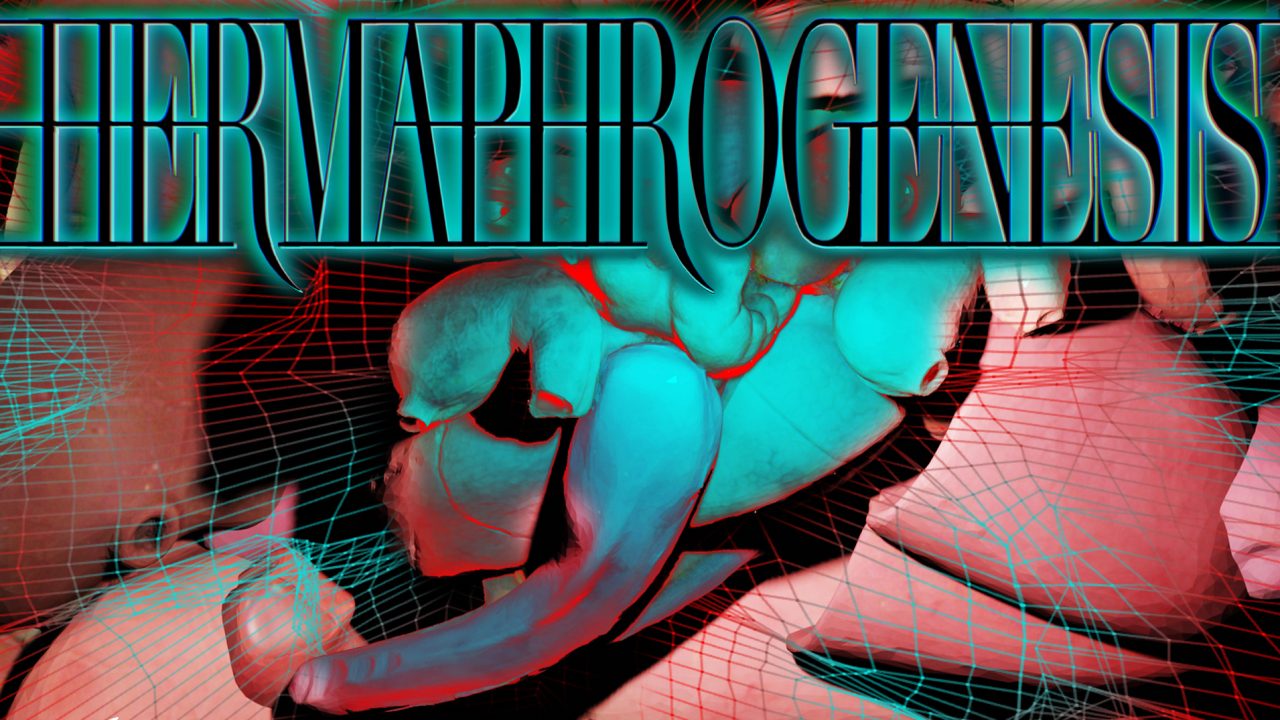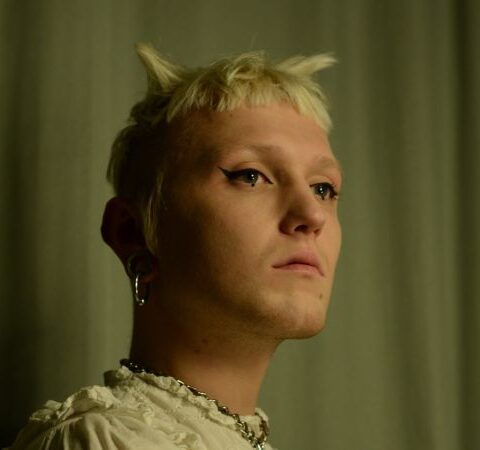Hermaphrogenesis
Marcin Gawin / United Kingdom & Poland
Hermaphrogenesis is a sensory experience that examines relationship with our bodies and the possibility of becoming through rearrangement. Using silicone replicas of internal organs the participants create androgynous organisms which populate a virtual ecosystem.
Long ago, in Ancient Rome, the organs and entrails of sacrificed animals were decoded and interpreted by those tasked with defining the limits of reality. This ancient divination technique – called haruspicy – was performed by a trained priest – called a haruspex – who ritually consulted the liver, lungs, and heart of skinned beasts to discern the will of the gods.
Hermaphrogenesis invites the participants to perform a hybrid form of haruspicy that looks at the body as a metaphor for the mutability of fixed systems. The work uses silicone replicas of internal organs – with the exception of gonads and the brain – that audience will examine, manipulate and reconstruct at their will. These androgynous arrangements, decoded by the computational system will grow, evolve and become organisms that populate a virtual environment. The project contends with the otherness of our interiority, trying to de-emphasise the dominance of the mind over body and the link between biological make up and gendered social status. Hermaphrogenesis focuses on tactile exploration of our internal landscape and by using the emerging technologies, remixes it in the realm of speculative evolution.
The term hermaphrodite emerges from an ancient Greek myth, describing the proto-trans son/daughter of Hermes (the patron saint of alchemy) and Aphrodite (the goddess of lust, love, pleasure, and beauty), uniting male and female characteristics into a single unified organism. Genesis descends from the Greek describing origin, creation and generation. Hermaphro-Genesis is an origin myth and the alchemical great work which the audience must read through the organs and entrails of the posthuman body.
From the text by [M] Dudeck

